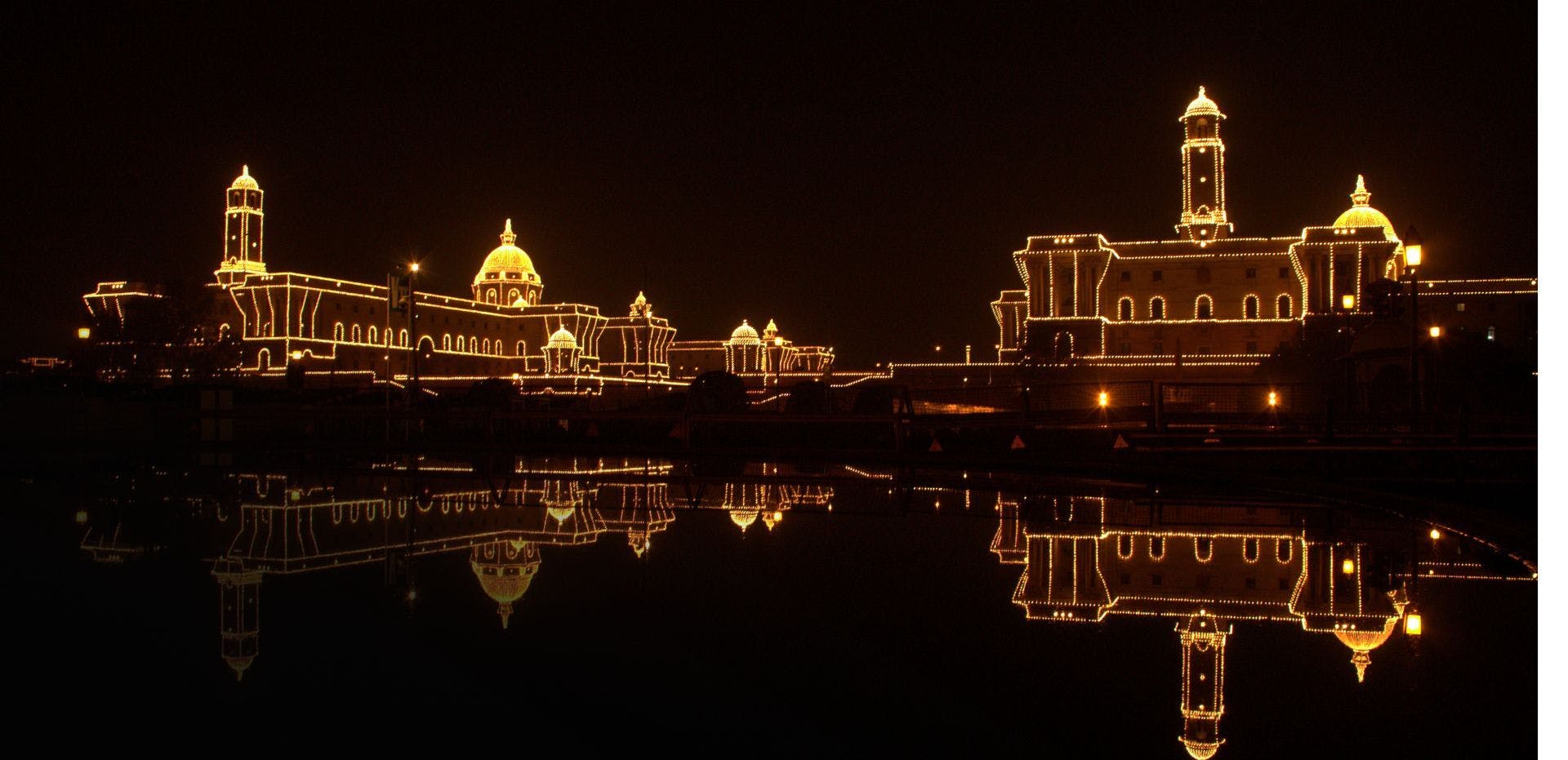When New Delhi Became India’s Capital
BOOKMARK
At the Delhi Durbar in 1911, King George V made a historic announcement - the capital of British India would be shifted from #Calcutta to Delhi. In 1931, New Delhi was inaugurated. Ironically, during these 20 years, the fate of the British Empire had changed.
Delhi, it was thought, would give the British a more central seat of power vis-a-vis the regional, coastal locations of Bombay, Calcutta, Madras and Karachi. It also had a royal appeal as it had already served as a capital to different Empires, including the Mughals.
Edwin Lutyens and Herbert Baker were chosen as the chief architects of New Delhi, and they selected the southern plains beyond the old walled city of Shahjahanabad as the site of the new capital.
The architectural style they chose was strongly influenced by European styles but it also borrowed elements from Indian monuments, thanks to the insistence of Viceroy Lord Hardinge. He wanted to make sure the new capital represented the country they were a part of.
The rocky hills nearby were blasted and land was levelled to accommodate the Viceroy’s House (Council House, now Rashtrapati Bhavan) and the twin secretariat buildings. Raisina Hill along with the Council House became the ‘power corridor’ of the Indian subcontinent.
The inauguration of New Delhi took place in 1931 through a series of grand ceremonies. The last was the unveiling of the iconic India Gate. Alas, things didn’t turn out for the Empire, quite as planned.
The freedom movement was gaining momentum & the inauguration of the new capital failed to make a mark. The Times, London, reported, “It would be idle to pretend that the ceremony had any popular support. The attendance was confined entirely to those admitted by invitation.
Historian and author Thomas Metcalfe, who has extensively researched British-India, wrote that the new capital “was to mark the beginning of the end”. How prophetic his words would be!
If you enjoyed this article, you will love LHI Circle - your Digital Gateway to the Best of India's history and heritage. You can enjoy our virtual tours to the must-see sites across India, meet leading historians and best-selling authors, and enjoy tours of the top museums across the world. Join LHI Circle here










